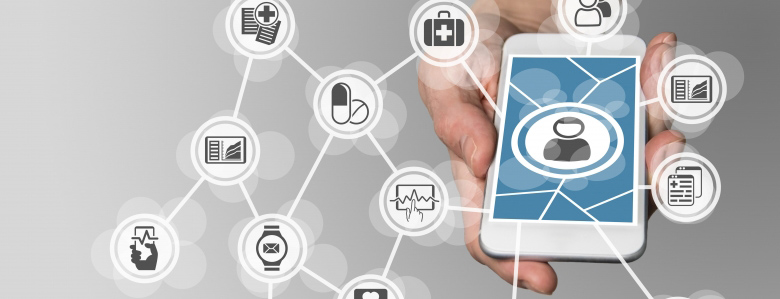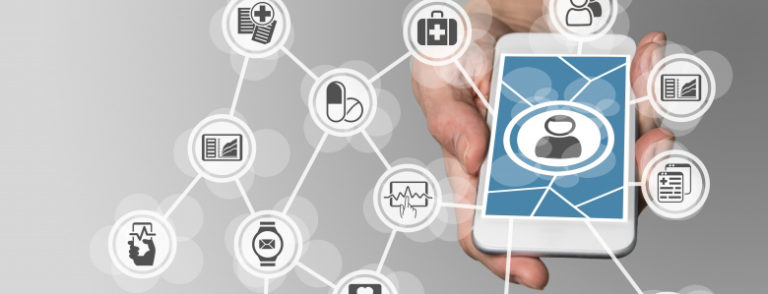Abstract

This paper aimed to determine whether there was a connection between patient’s perception of communication with their doctors in the visit and their use of online health information exchange using a nationally representative survey. We used the data from the Health Information National Trends survey pooled HINTS4 Cycle 4 data and assessed outcomes using logistic regression modeling composite communication scores as a continuous variable. We weighted participants to create population-level estimates. We adjusted for age, gender, race, and census region. The 3677 patients were included in the analysis who had an outpatient visit within the previous 12 months. In unadjusted analysis and analysis adjusted for demographic factors, patients who experienced higher communication scores were more likely to use online health information exchange with their providers. In unadjusted analysis, patients had 0.04 higher odds of interest in receiving appointment reminders from health care providers electronically (OR = 1.04 and p=0.01 ) and 0.03 higher odds of interest in receiving general health tips (OR = 1.03 and p=0.04 ) for every score increase in the communication summary score. In adjusted model, for each score increment in the communication score, patients were 7% more inclined to receive appointment reminders ( p<0.05 ), 4% more inclined to receive general health tips ( p=0.02 ), and 4% more likely to exchange information about lifestyle behaviors ( p=0.02 ). Findings suggest that the quality of the communication in the visit might increase use of informatics tool to exchange health information.

